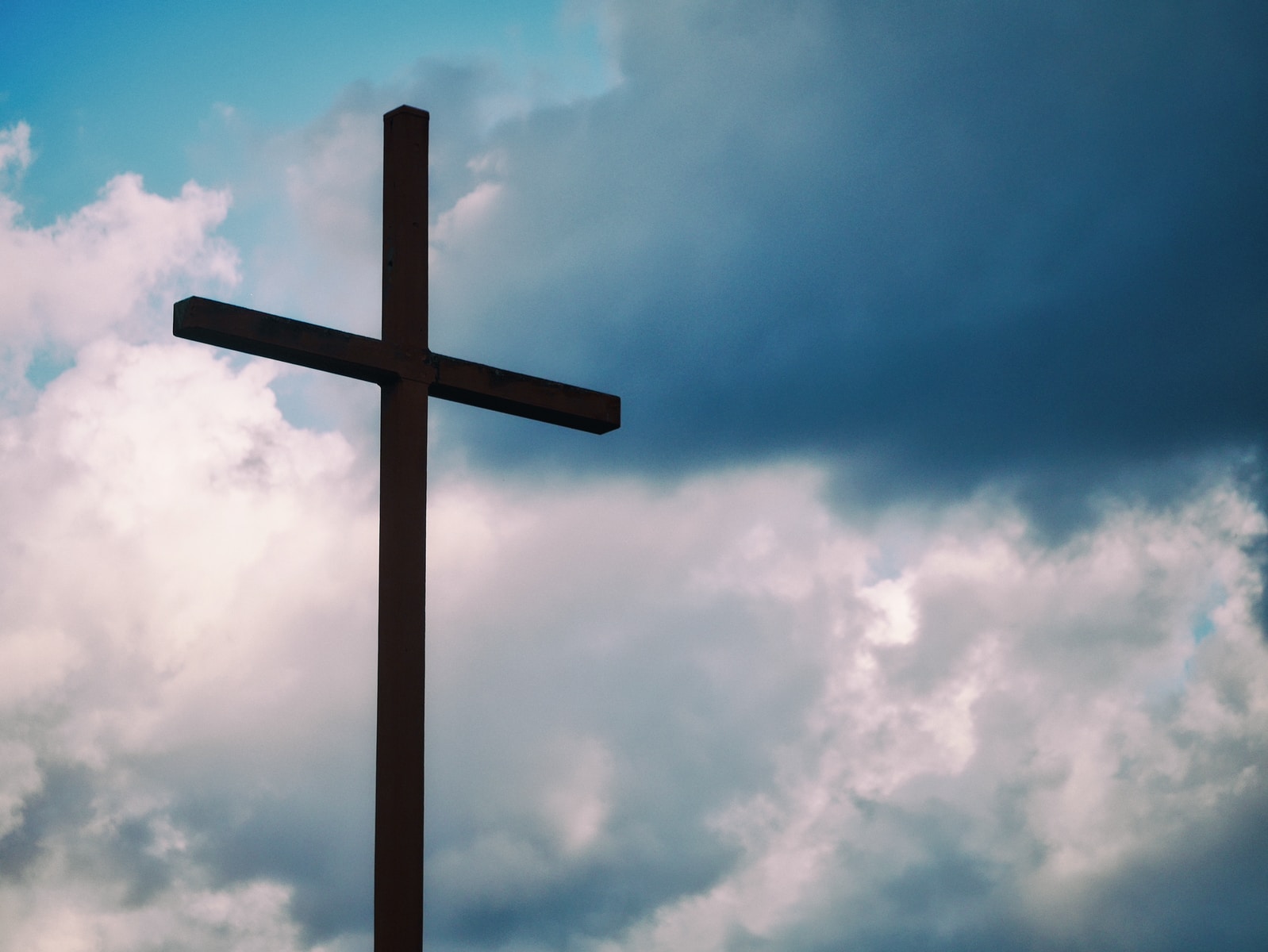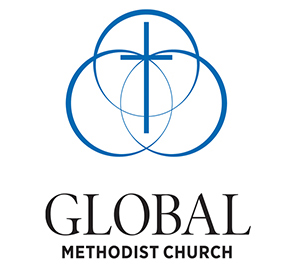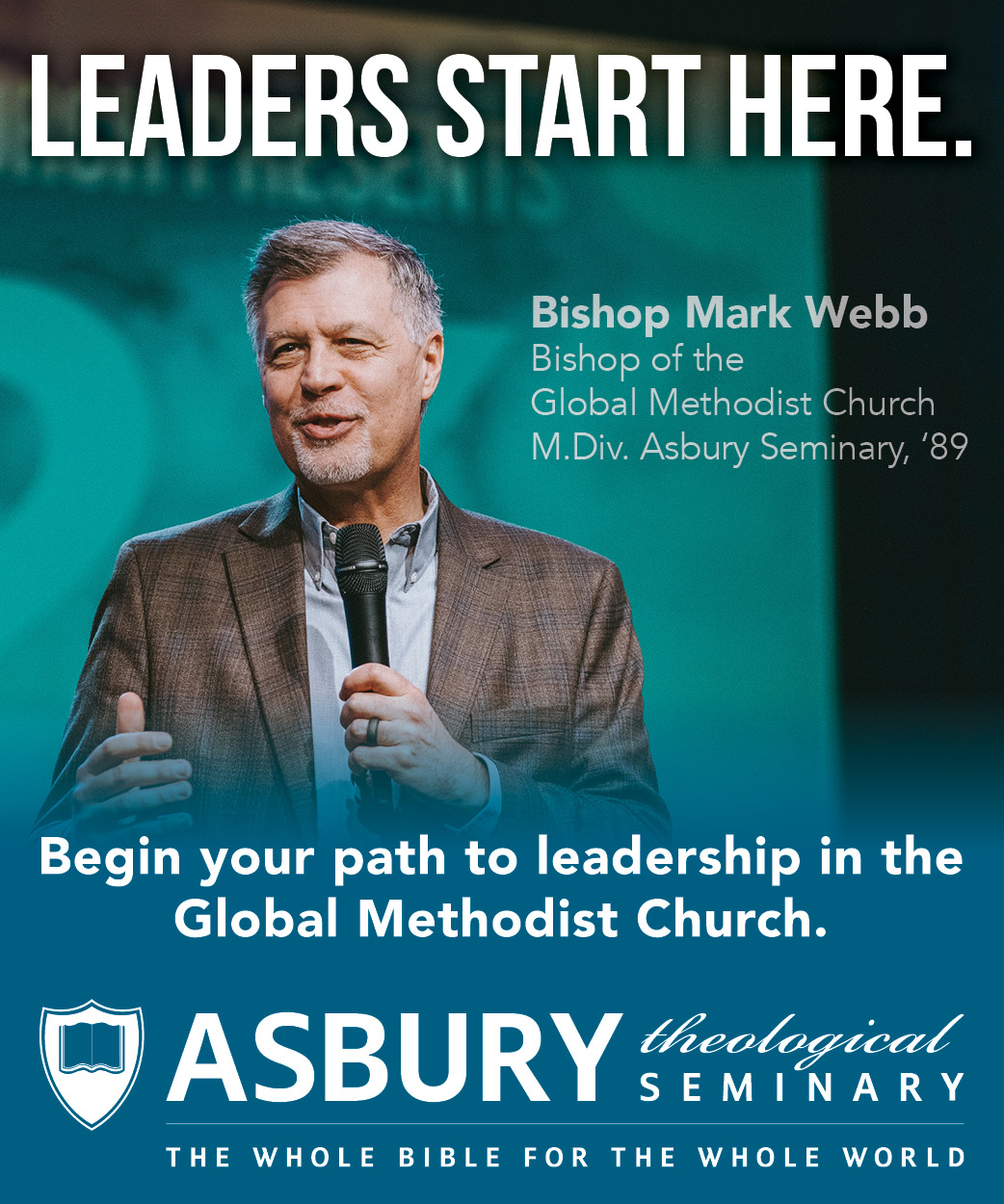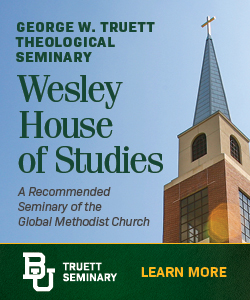
General Conference 2012. Photo by Steve Beard.
By Thomas Lambrecht –
More concerns have been raised recently about the possibility of having a normal, in-person General Conference in August 2022. The sluggish vaccination process in Africa (I am not sure about the Philippines) means that many delegates have not yet been vaccinated. Vaccination is likely to be required for entry into the U.S. The visa process for people traveling to the U.S. is not operating well right now. These considerations mean that if the decision had to be made today, General Conference could not meet in person.
Of course, there are four to six months remaining before the Commission on the General Conference needs to make its decision about holding General Conference. We are praying that vaccinations will ramp up in the developing world, and we are encouraging delegates to be vaccinated as soon as possible. (In many countries, it is first come, first served, without any specific plan for different population groups.) As we have seen with this virus, a lot can change in a matter of months.
At the same time, prudence would dictate that other options be considered. The need to get our church “unstuck” means that a General Conference meeting in 2022 is essential. Without it, the chaos and conflict that we currently see in our church is likely to get worse – perhaps much worse.
A Distributed General Conference
The most obvious alternative is what missiologist Dr. David Scott calls a distributed General Conference. “In almost every country, the Internet is accessible somewhere, usually in urban areas and/or hotels and conference centers that cater to global business travelers and NGOs” writes Scott. “Thus, for delegates from such countries to participate in an online General Conference would probably mean gathering these delegates at a central point or central points, where they could then access the meeting through the reliable internet of whatever facility in which they were meeting.”
In Africa, delegates could meet in central conference groupings, meaning three central locations with hotel accommodations and good Internet. The Filipino delegates could all meet together in one location. European delegates could meet either in one location for all or as three separate central conference groups. U.S. delegates could meet in Minneapolis, thus honoring most of the contracts already signed, or they could meet in five different jurisdictional groups in different locations. Meeting in these smaller groups, rather than as part of an 872-person body, might also have the advantage of increasing delegate participation in the discussion and decision-making.
In a UM News Service article, Bishops Cynthia Fierro Harvey, Ken Carter, and Bruce Ough are on record supporting this option. A number of African delegates are also quoted favoring a virtual/distributed General Conference. A recent ABC News article reported conventions are returning, both in in-person and hybrid form, featuring tens of thousands of participants. Multi-national corporations and other denominations are successfully pursuing virtual and hybrid meetings.
A distributed General Conference could be planned and proposed by the Commission on the General Conference. The Commission would have to flesh out new rules and procedures for an online session that did not use legislative committees to accomplish its work. As in 2019, the General Conference would operate as a legislative committee of the whole. The Commission could propose a limited agenda: all proposals related to structural change or separation of the church (including both the Protocol for Separation and the Christmas Covenant), the quadrennial budget, crucial elections, and any other matters that demand urgent attention. The Conference could then vote to refer all other petitions to the 2024 session of the General Conference, satisfying the requirement that all proposed legislation be voted on by a legislative committee.
Alternatively, the Council of Bishops could call a special General Conference with the same limited agenda outlined above. The Conference could deal with those matters, and all other legislation would be postponed until 2024.
Obstacles to a Distributed General Conference
The biggest obstacle is trust. Even when all the delegates are in one room, there are questions about how delegates vote, whether the right delegates are seated, and whether manipulative tactics are being used. That mistrust can only be multiplied when the delegates are split between six to twelve different venues. Having a limited agenda will help, as there would be fewer controversial proposals and it would simplify the overall process. The best help to overcoming trust issues would be to have a team of neutral observers trained and deputized by the Commission on the General Conference to monitor the process, ensure that delegate credentials are correct and call attention of the staff to any problems.
A second obstacle is how to devise a process that is fair and equitable. Splitting up the conference delegates might actually help address this. Parts of the conference session could be plenary sessions online, with video presentations giving common information that all could watch. Other parts of the schedule could be processed in each venue, allowing for discussion and identifying questions that could then be raised in the next plenary. During plenary sessions, speakers could be recognized alternately from each venue, so that all venues have an equal chance to participate in the plenary discussion. Rules could ensure that all venues have a chance to be recognized before any cutoff of debate. Proposed amendments could be first lifted up in a venue and, only if passed by that venue, then raised in the plenary. This would help whittle down the possible number of amendments that the plenary would have to consider.
A third obstacle is how the voting would take place. Secret ballot voting is essential to curtail the potential for voter intimidation. This could be accomplished by giving each delegate a voting device, just like in a normal General Conference. The votes could be tabulated in each venue and reported to the plenary. Or each delegate could be given Internet access and the ability to cast a ballot through a unique ID code, similar to how many annual conferences have voted during virtual sessions.
A fourth obstacle is the fact that our current General Conference rules do not allow for a virtual or distributed meeting. David Livingston, a Great Plains delegate, worries that the Judicial Council would “rule that the session met illegally and all votes will be thrown out.” However, this is the same problem that annual conferences faced when they moved to virtual meetings. None of them had rules allowing virtual meetings. The simple solution is that the rules are the first item of business, and the revised rules adopted at the beginning of the session can allow for virtual/distributed sessions. In fact, those rules would need to outline the whole process of how the conference would be conducted. Once they are adopted, the session is legal. Otherwise, no annual conference virtual session held over the last 18 months was legal!
A fifth obstacle is the time difference between venues. By scheduling plenary sessions during four- to six-hour blocks during the day, they can occur when delegates are most available. Meetings of the various venue groups could occur at other times of the day when it fits the time of each venue. It will also require some sacrifices on the part of delegates to rise early or stay up late in order to meet. African and Filipino delegates regularly endure 24-hour journeys to get to General Conference and have to adjust to seven-hour time changes (as do Europeans). Such time changes would not be encountered in a distributed General Conference. Rising early or staying late by a few extra hours is not an insurmountable challenge.
A sixth obstacle might be cost. However, the cost of flying delegates to Minneapolis from overseas could be saved and the money applied to the less expensive travel to the various venues. Hotel accommodations at each of the venues would be no more than what was budgeted for Minneapolis. There would likely be some cost savings, which could be used to cover the cost of the technology and for the neutral observer teams.
An old saying reminds us, “Where there is a will, there is a way.” While difficult, the challenges can be overcome with smart planning and a cooperative spirit. The failure to do a distributed General Conference would be because there is insufficient will to do so by our leaders.
As the UM News Service article reports, “Virtual platforms ‘are becoming part of our daily bread,’ said Bishop Cynthia Fierro Harvey, the current Council of Bishops president and leader of the Louisiana Conference. ‘With the proper preparation and training, I believe a General Conference could be held virtually,’ Harvey said. ‘There are new technological developments every day that could make traversing the globe, languages and time zones possible.’”






Why not have it in Africa? At some point if it is a truly global church you need to start having these meeting around the globe.
Good idea.